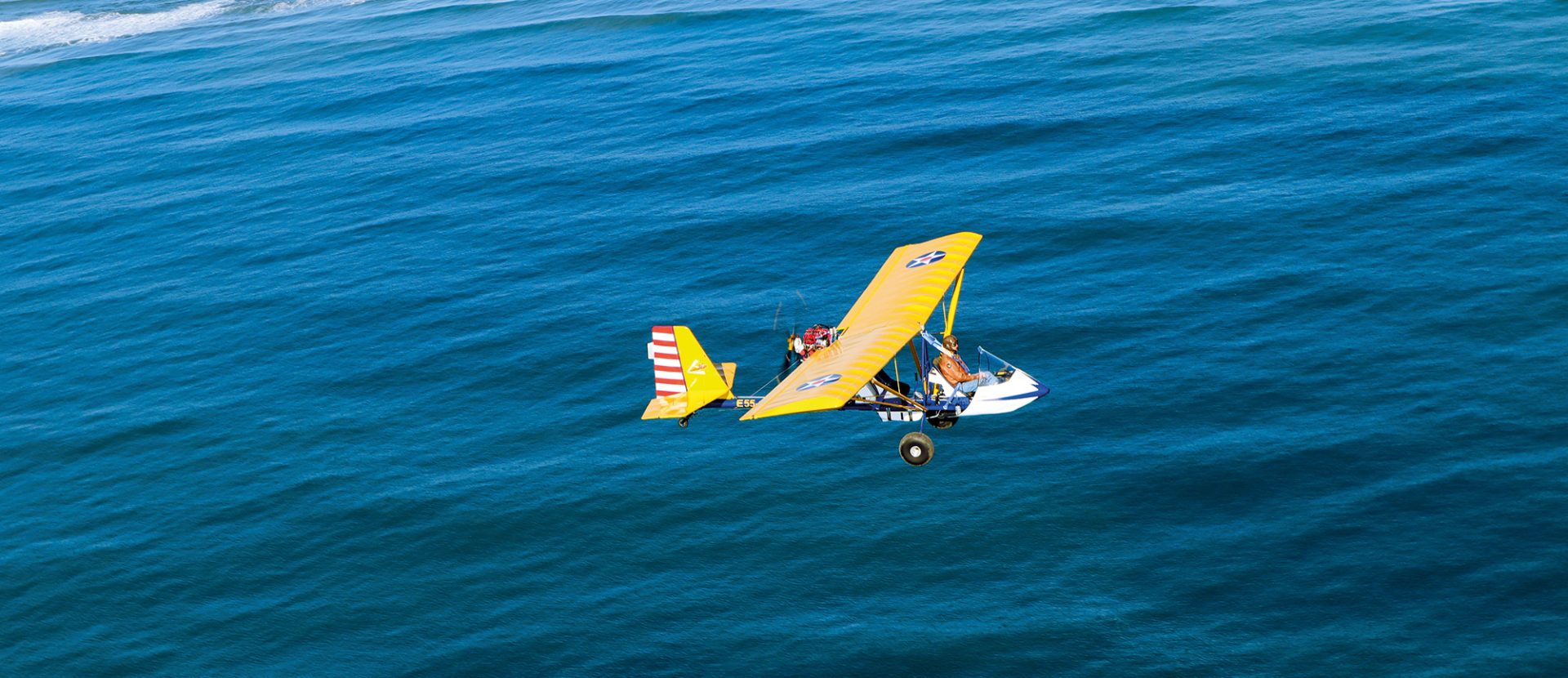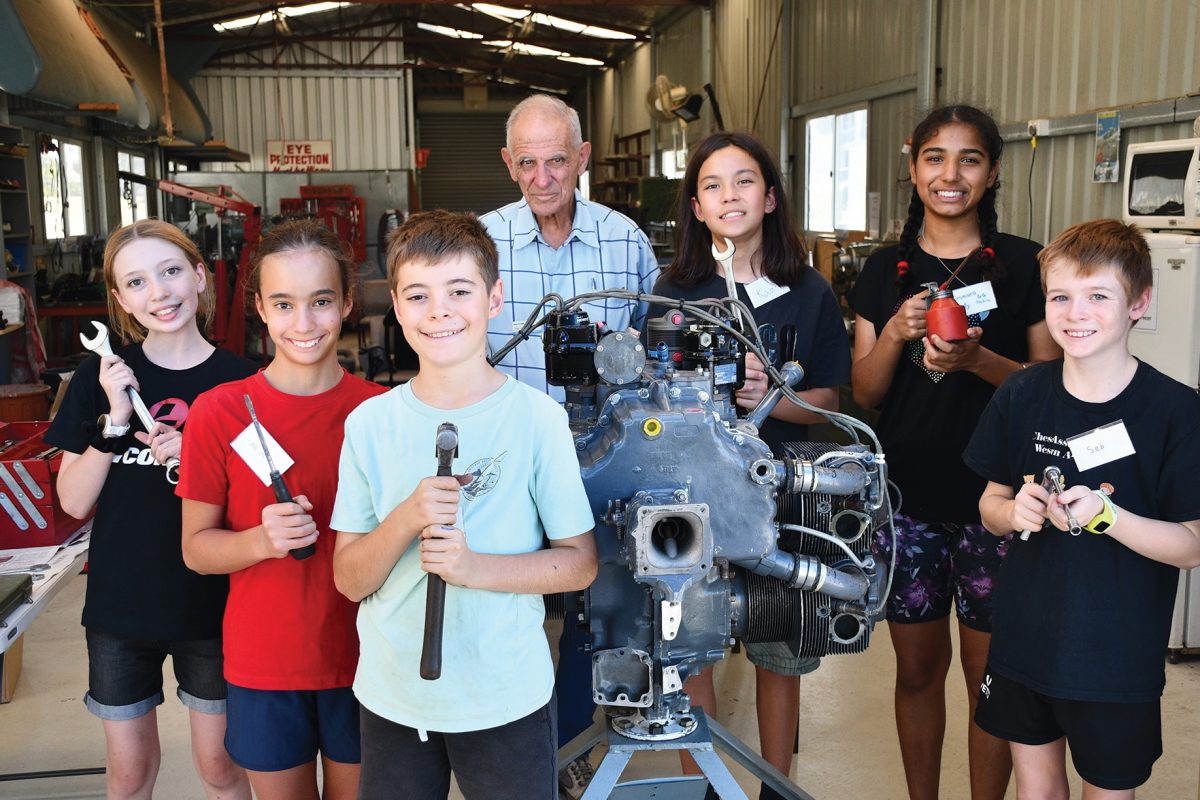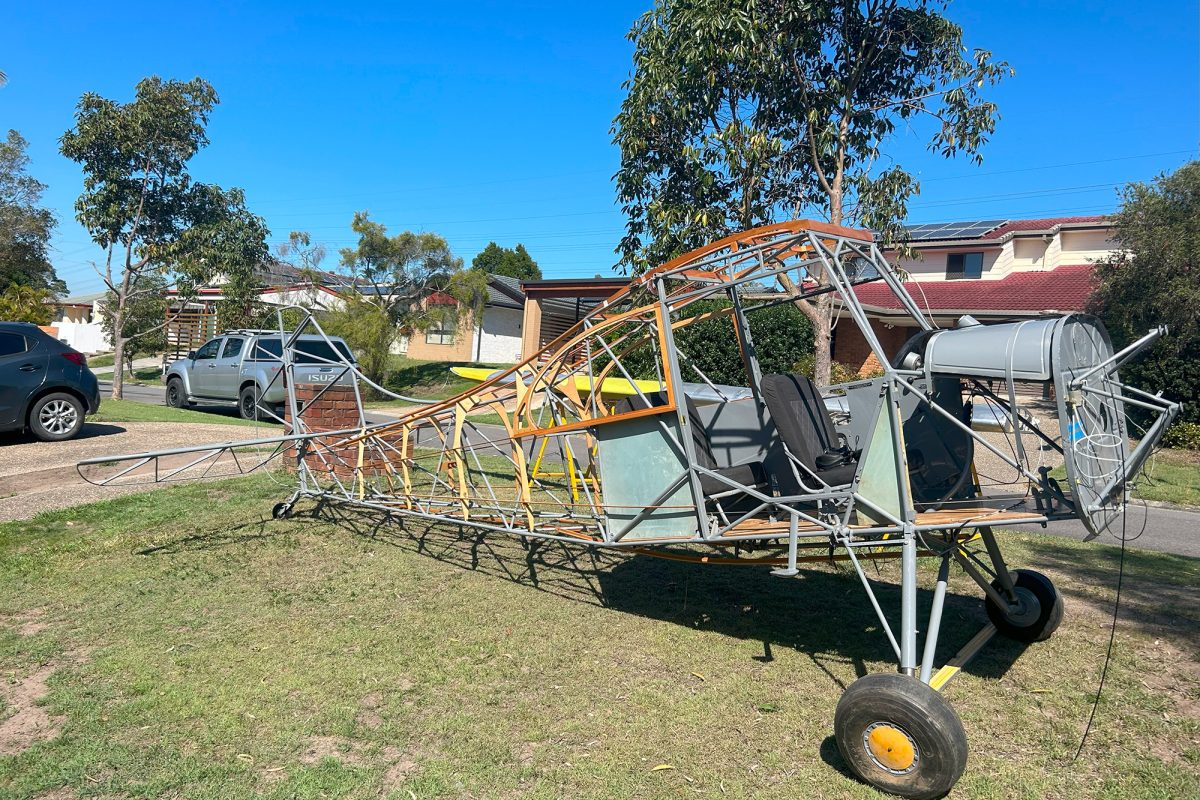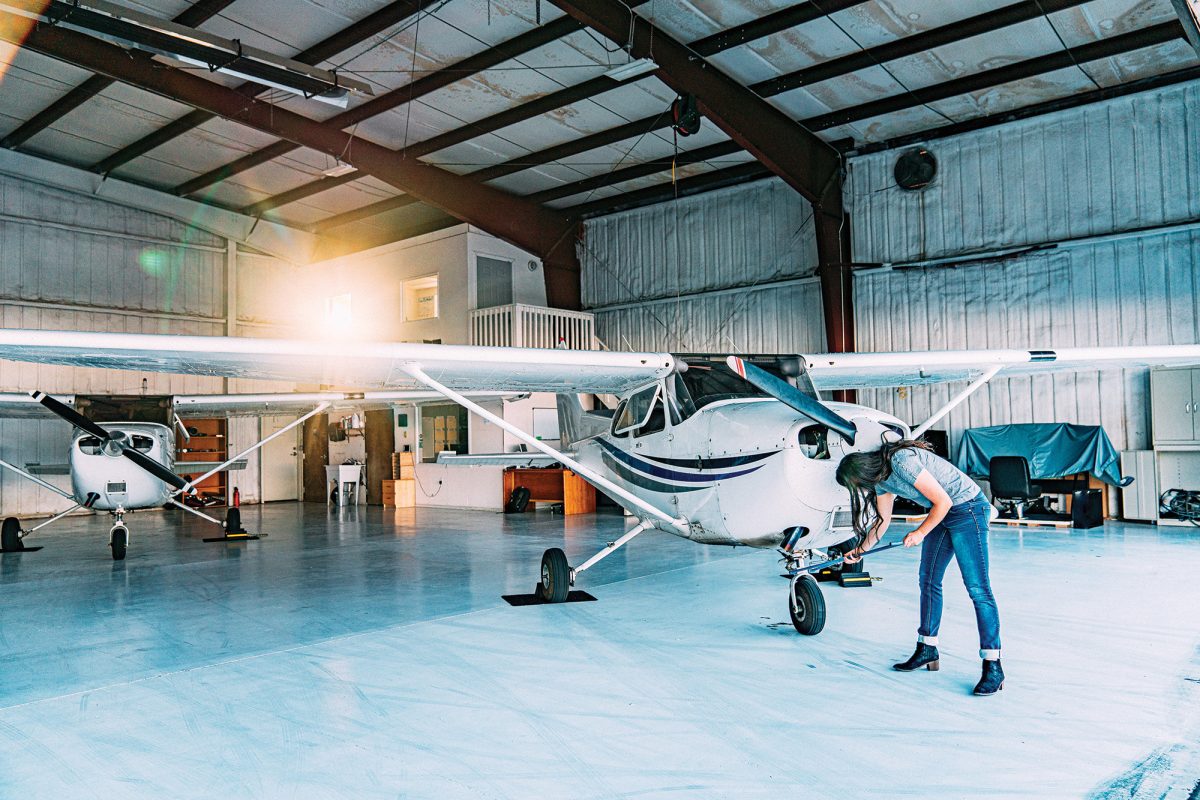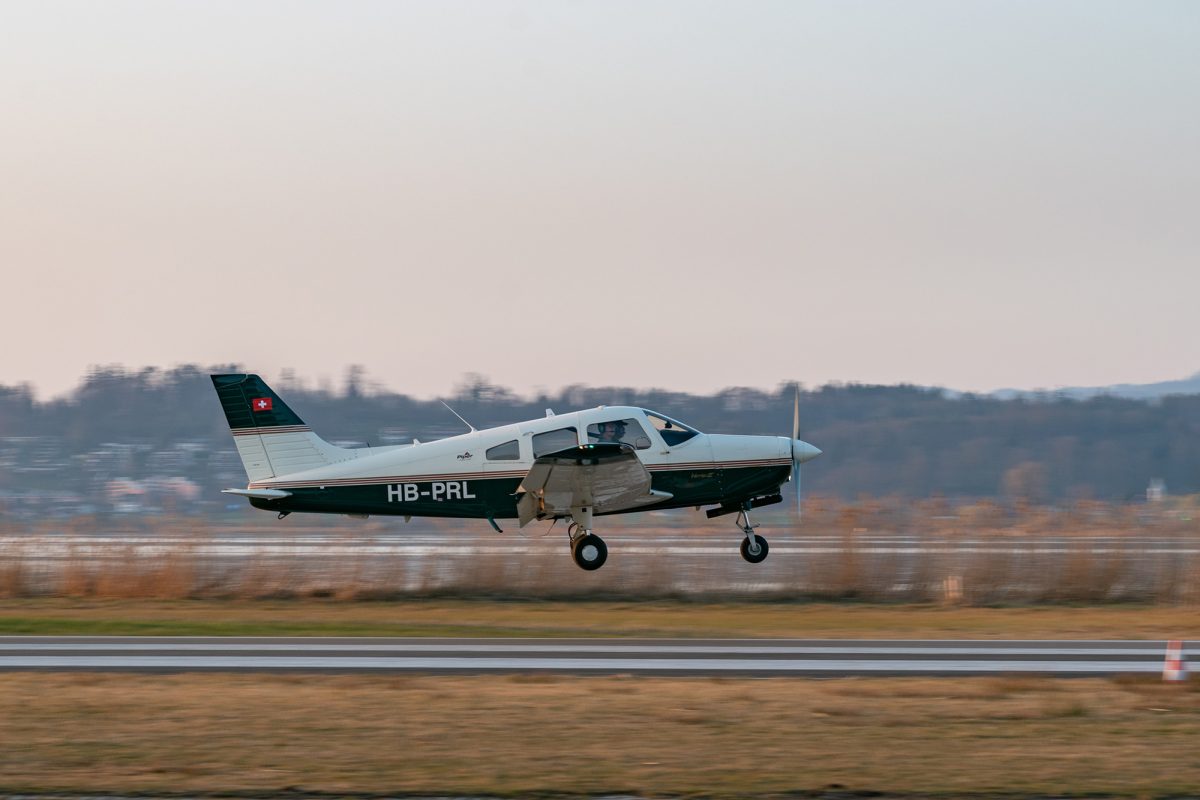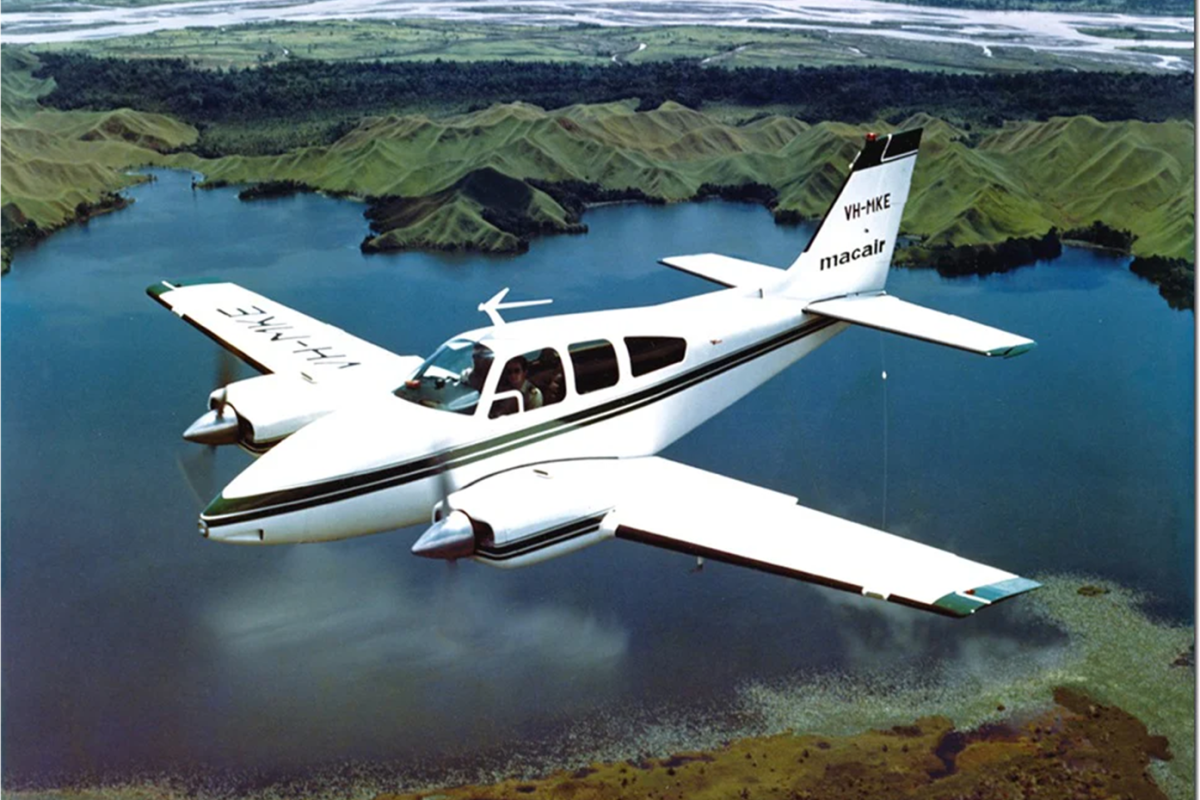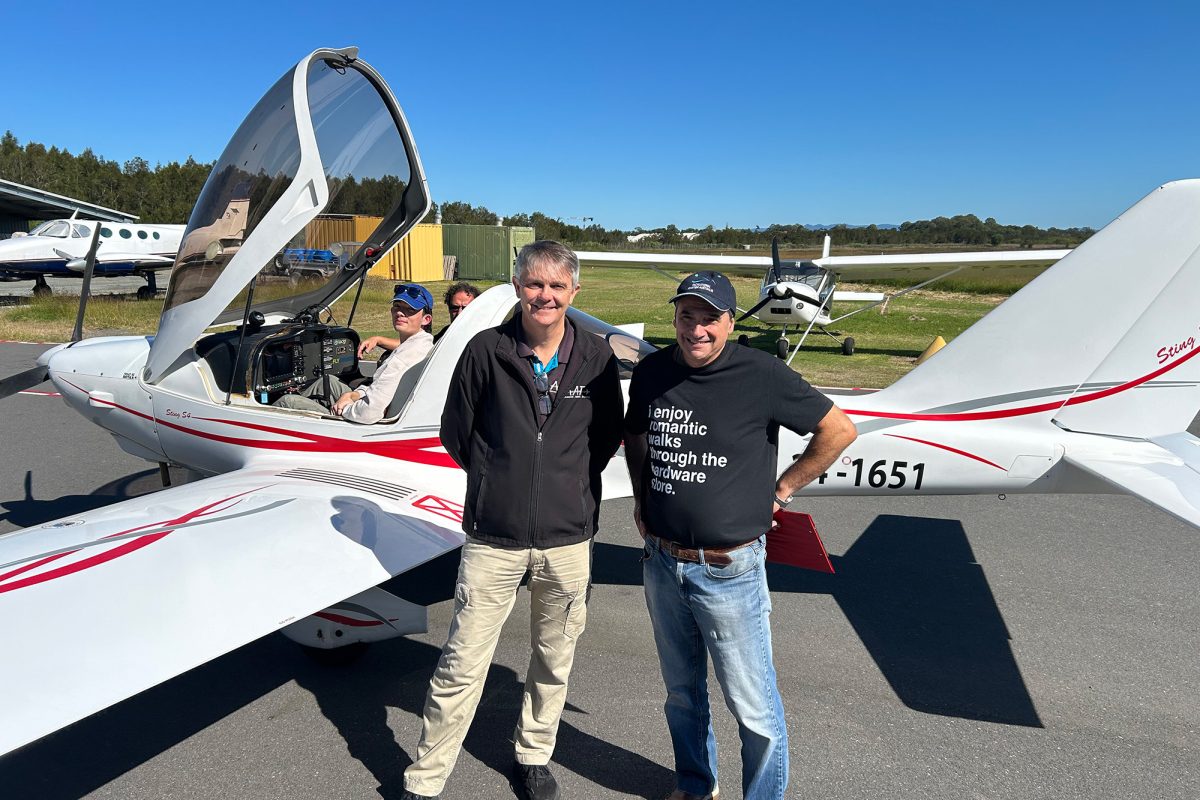HOW AN RAAUS INITIATIVE IS REVIVING AIRCRAFT ACROSS THE COUNTRY
That Thruster hidden away in the back of your shed that you thought had run its course? It might have some life left in it yet.
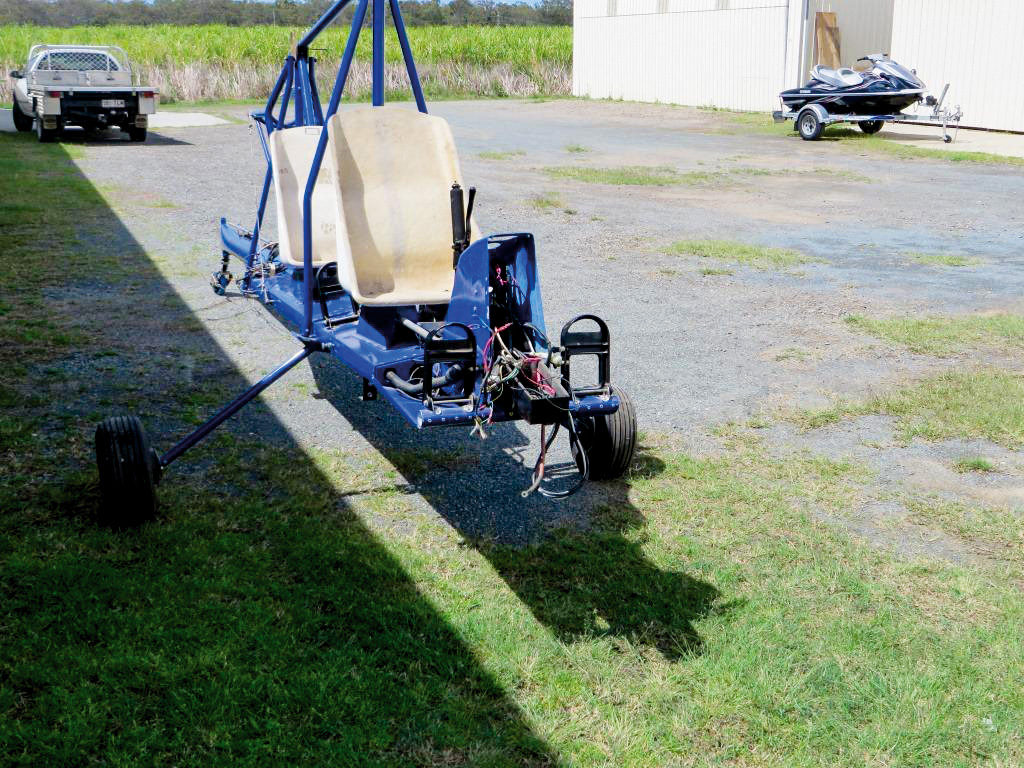
That’s what RAAus Deputy Head of Airworthiness and Maintenance, Darren Barnfield, told me when I went asking around about an unfamiliar acronym I’d come across; MARAP. Now, I can’t read a TAF fluently or anything, but I like to think I know my acronyms fairly well. As it turns out, MARAP stands for “Modification and Repair Approval Process”, and it’s the brainchild of Darren himself. I’d decrypted the acronym. Great. The end, roll credits…or not. My curiosity certainly wasn’t satisfied. What does MARAP actually mean, and how does it affect the RAAus community?
In the General Aviation world, a Cessna, a Piper or even a 747 can be modified under what’s known as an Engineering Order. MARAP is essentially the RAAus equivalent. Put simply, MARAP is a process that allows certain modifications to be made to type certified aircraft. When working as Technical Manager back in 2016, Darren began to notice that a lot of type certified (24-, 25- and 55- registered) aircraft were getting stuck in maintenance “limbo”. They were structurally still fit to fly, but the support for replacing engines, props and other parts had dried up due to manufacturers going out of business or parts becoming unavailable. There was no pathway to bring these aircraft back to the skies, and so these once-loved aircraft often got lost in the back of hangars and sheds collecting dust.
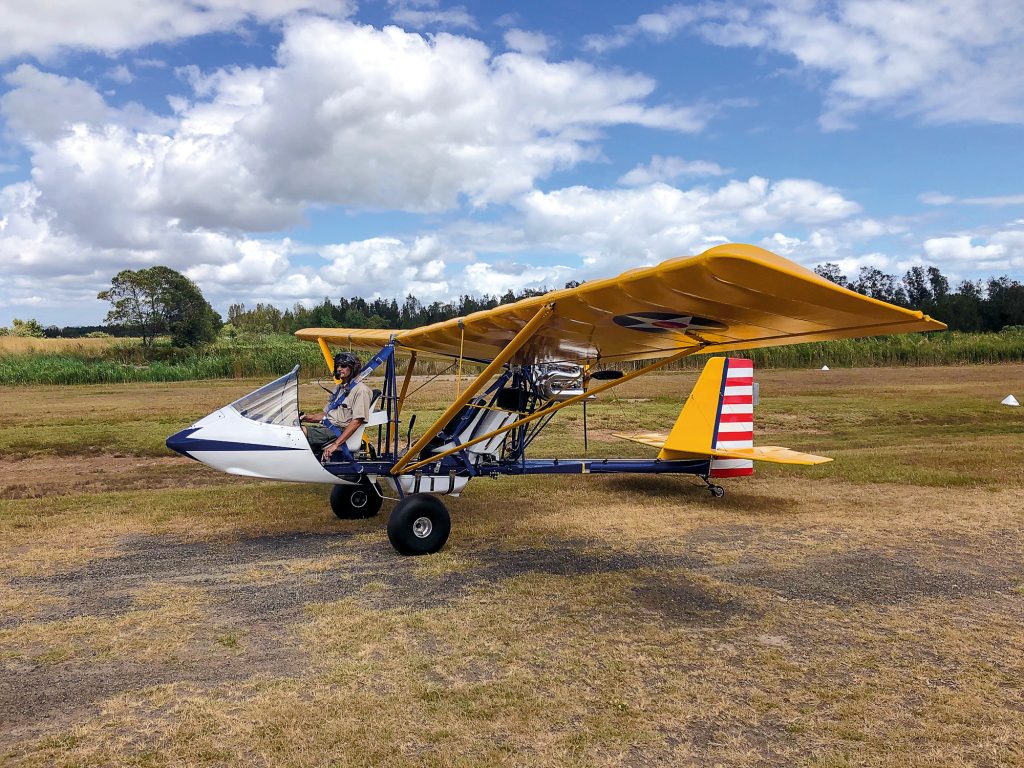
Darren conceived a process that would open up a pathway to reviving these machines. RAAus members would submit an application for a potential modification, which would then undergo engineering reviews, technical analysis and flight testing, before being approved by the organisation as a legitimate, legal modification and issuing the member with a MARAP certificate. The best part? RAAus will bear the cost for reviewing modifications that are found to potentially affect other owners – such as fitting a Rotax engine to a Drifter. This helps to make popular modifications affordable and achievable for owners of these once abandoned aircraft. “The first initial review costs the organisation around $10k,” said Darren. “But if a member comes to us now and says, ‘I want to put a Bolly propeller on my Rotax engine’, they only pay $550 for the engineering approval to do that.”
In addition to its role in reviving aircraft, MARAP allows owners to get a little creative. Improving, experimenting and customising is all possible through the process. Howard Hughes and Bill Whitney, the original designers of the Australian LightWing, have been working with the RAAus engineering team to improve the MTOW of their popular design to 600kg, a limit previously unachievable due to old regulatory requirements. EFIS upgrades, engine modifications and propeller combinations are all currently in the works too, allowing owners to improve their aircraft in a multitude of ways.
With almost 200 certificates issued, Darren is keen to see MARAP grow. With more members now looking to improve their aircraft and getting involved in the engineering process, opportunities for new improvements are beginning to open up. “It’s something that can continue to grow for as long as members keep coming up with ideas on how they want to modify them,” he said. With a process like this in the hands of members, could we see a flourishing culture of modified, improved and unique aircraft in Australia, much like the early days of the EAA in Wisconsin? It’s an interesting thought to ponder.
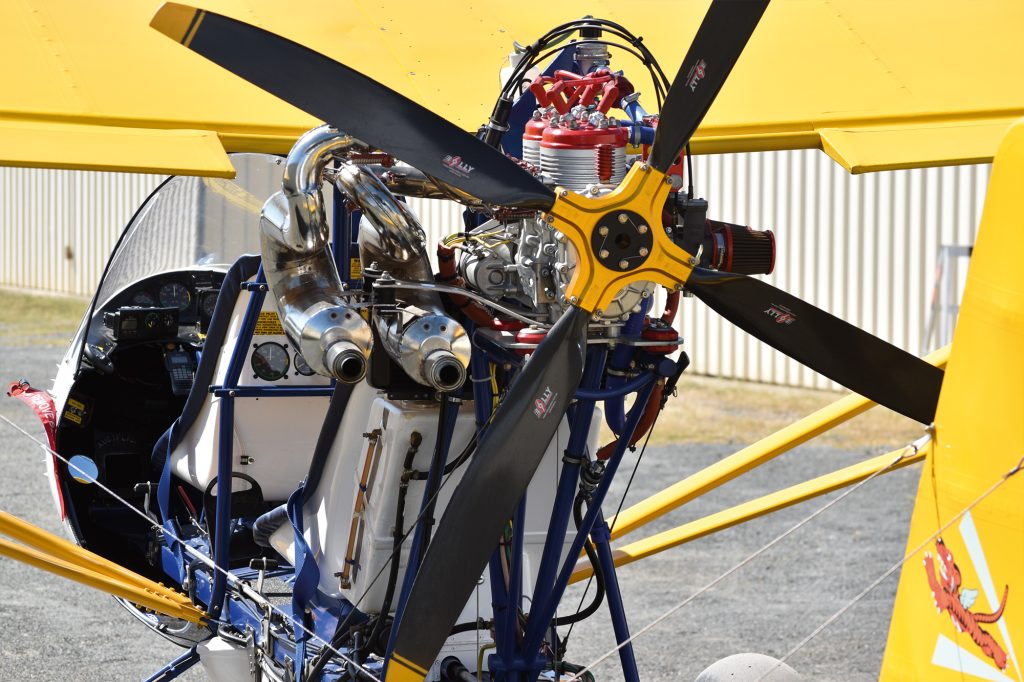
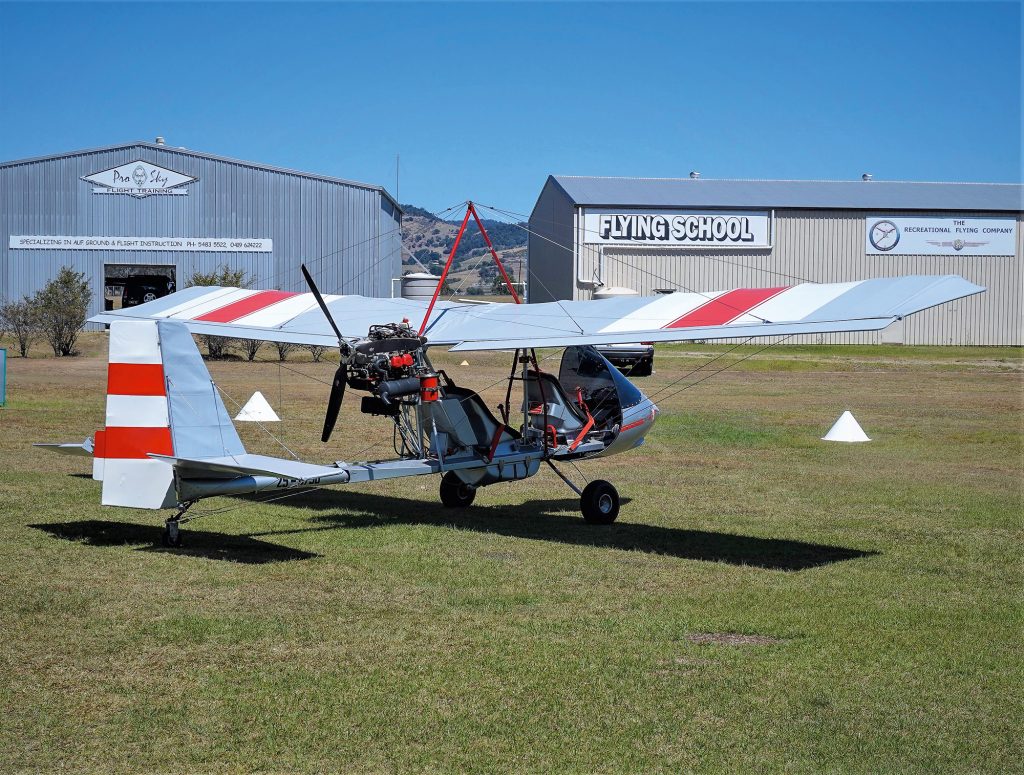
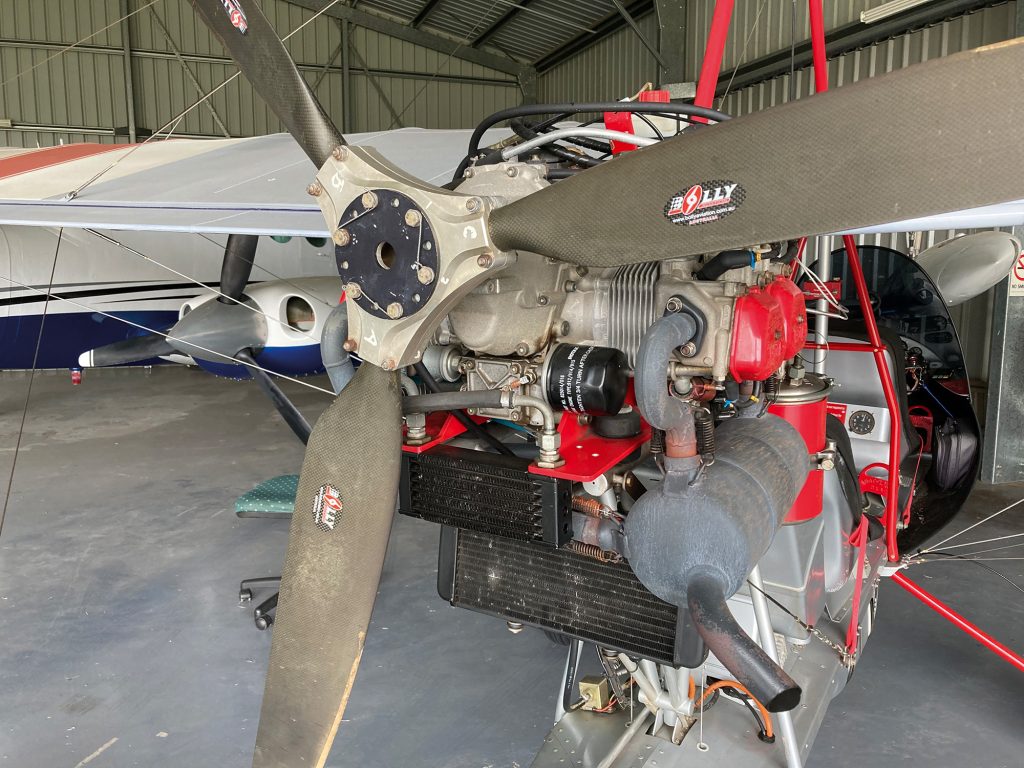
Want to see how MARAP can work?
Check out this story by Mark Waterford.
It all started back in 2016. I heard that a strut-brace Sports Drifter was for sale in Brisbane, a project job, needing a rebuild from the rolling pod upwards. At the time, I had a wire brace in service that I had previously refurbished extensively, but I always wanted a strut brace. I had previously owned one, and reluctantly sold it. I met with the owner, Lee, for a look and after a few days we came to an agreement. Now the fun begins! The motor was in two parts, bits and pieces missing, wings complete but needed new skins and there were boxes of all sorts of important stuff. It was basically just a rolling pod that had been refurbished with the king posts and seats. Super Drifters come standard with a Rotax 912 (Wow, climb-outs must be easy!). I had heard about these Drifters and was keen to build something similar, but the 912 was expensive, with even more added costs when importing.
I started searching around for possible alternative powerplants and came across the Simonini Victor 2, rated at 102 HP. It was perfect, I could basically remove the Rotax 582 powerplant and bolt the Victor straight in, lining it up on the existing holes for the studs to secure perfectly. I guess the Simonini factory are forward thinkers! After a couple of other minor adjustments, the new powerplant was sorted. All in all, it weighed an extra 3kg with the twin lobster tails tuned exhaust fitted. My previous experience at MTOW with the 582 powerplant in our local climate (especially in the South East Queensland weather) can be quite challenging for cross-country transit over our low hills at AMSL 1600ft upwards on the prevailing day wind, easterly and westerly mostly in the warmer months, which is about eight months of the year. Having a few extra HP moderately helped.
Upon contacting Darren Barnfield about the engine output, he was a little hesitant at first. I re-submitted my proposal again with more technical information and my operating range a little more subdued. Darren came back and gave me the OK – it was doable through the MARAP process. After a lot of research, drawings and consulting with the engineer, I finally had my dream Sports Drifter for flight. The confirmation finally arrived upon receiving the CoA Experimental Certificate issued by Darren Barnfield.
The maiden flight was on 19th November, 2019. A few fast taxi runs first on the day, then lined it up with positive thoughts and gradually wound her up. As anticipated, the Drifter climbed out well, 63-65 knots on 5,600rpm settings, at 600ft per minute, a great initial flight. I noted some extra trim tab adjustments on the rudder were required for a more neutral feel. The Drifter levelled out around 1,000ft and sat at 4,600rpm for around 63 knots. Conditions pending, it looked like it would cruise along nicely around 65 knots, comfortably around the 4,600 to 4,800rpm mark. My fuel burn was averaging 11.5L per hour.
I chose the paint scheme to be the same as my neighbour. He has a Stearman painted in USA Army Corps colours. He now refers to my Drifter as “Junior” and soon we will be taking to the air together. The project so far has turned out as anticipated, cruising at 10 knots extra for less rpm and quieter engine noise. It has saved a few litres per hour of fuel too, so for any local cross-country trips I now have better endurance.
